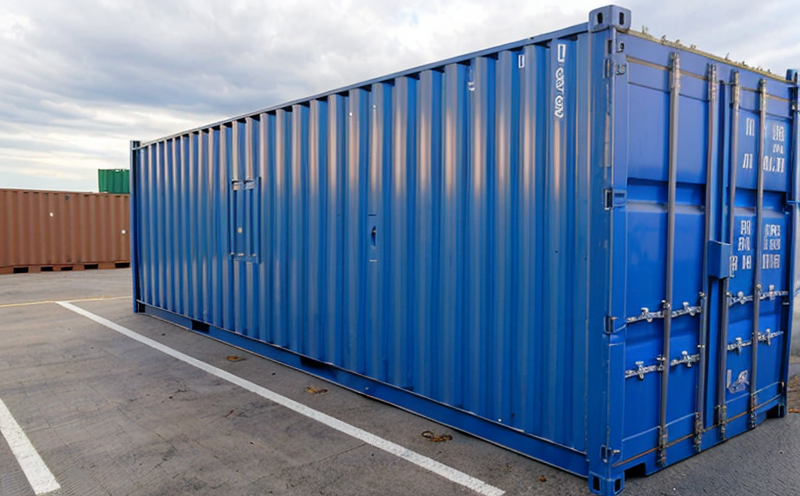DIN EN ISO 22007 Thermal Conductivity Testing of Plastic Storage Plastics
The DIN EN ISO 22007 standard provides a comprehensive framework for testing the thermal conductivity of plastic materials used in storage and container applications. This method is particularly critical for ensuring that containers and packaging meet stringent safety, performance, and regulatory requirements. The standard applies to a wide range of thermoplastics and thermosetting plastics that are commonly utilized in storage environments.
The primary objective of this testing procedure is to determine the thermal conductivity (k) of plastic materials under specific conditions. Thermal conductivity is defined as the amount of heat transmitted per unit area through a material per unit time for every one degree temperature difference across its thickness. This parameter is crucial for ensuring that storage containers do not compromise product integrity or safety due to excessive heat transfer.
The DIN EN ISO 22007 method involves precise measurement techniques using calorimetric equipment, which can either be steady-state or transient in nature. Steady-state methods measure the thermal resistance of a specimen while it is at equilibrium with its surroundings, while transient methods involve changes over time to observe heat flow. The choice between these approaches depends on factors such as material properties and desired precision.
Preparation of specimens for testing is critical to ensure accurate results. Specimens should be cut from the edge or center of a larger sample, depending on the specific requirements outlined in the standard. It’s important that the samples are free from defects, cracks, or other anomalies that could affect their thermal properties. Samples must also undergo conditioning to eliminate any residual stresses and ensure uniformity.
The testing process itself involves placing the specimen into a controlled environment where temperature and humidity levels are carefully monitored and maintained within specified ranges. The sample is then exposed to heat from one side while the other side remains at a lower temperature, creating a thermal gradient across its thickness. By measuring the rate of heat transfer through the sample, the thermal conductivity can be calculated.
Once testing has been completed, detailed reports are generated that include all relevant data points such as specimen dimensions, environmental conditions during testing, and final thermal conductivity values. These reports serve not only as documentation but also provide valuable insights for quality control teams and R&D departments.
DIN EN ISO 22007 is widely accepted across Europe and beyond, ensuring consistent application and interpretation of results throughout different regions. Compliance with this standard helps manufacturers meet international standards set by regulatory bodies like the European Committee for Standardization (CEN).
Frequently Asked Questions
- Materials included: Thermoplastics and thermosetting plastics for storage containers
- Not applicable to: Metals, composites, or non-plastic materials used in similar applications





